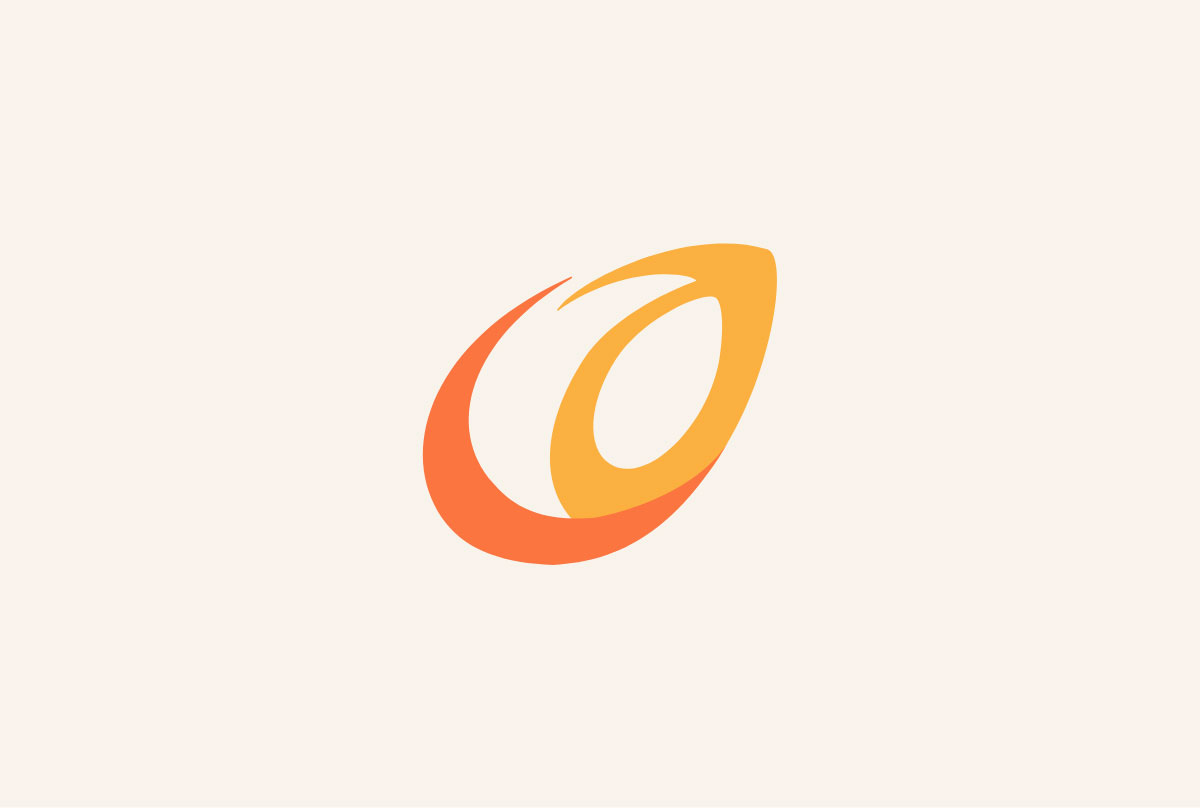Of the many postharvest food safety programs developed by Almond Board of California (ABC) and implemented by almond processors, just as important is orchard winter sanitation carried out by almond growers.
Winter sanitation involves the removal and destruction of mummy nuts to prevent overwintering populations of navel orangeworm, the primary insect pest in almonds. NOW is a dual threat to crop quality: In addition to the direct damage NOW causes the kernel, this damage can open the door to fungal infections and contaminants, particularly Aspergillus spp. and the aflatoxin contaminant it produces. Aflatoxin, a known carcinogen and mutagen, is regulated globally, meaning that in-orchard management of NOW is essential, in addition to being the first and best step to prevent contamination from occurring.
Cultural Control of NOW
A well-balanced NOW management program includes a variety of steps, all of which can be found on the UC IPM website. One of the most important steps, however, is cultural control through winter sanitation, which reduces overwintering NOW populations.
According to standard recommendations, mummy nuts should be reduced to an average of two or fewer per tree by Feb. 1, and mummies on the ground should be destroyed by flail mowing by March 15. However, mummy thresholds can vary by region due to climatic differences, and by year if limited rainfall or continued drought is an issue. For instance, in the drier southern almond-growing region, mummy thresholds are lower than the current standard due to more ideal NOW overwintering conditions, while the wetter northern growing region has a higher threshold because rainfall is a dominant NOW mortality factor.
NOW Predictor
A model developed by Wonderful Orchards entomologist Brad Higbee and USDA Agricultural Research Service, Parlier, researcher Joel Siegel predicts NOW damage for the drier southern region based on different winter sanitation and harvest-timing scenarios.
This model can be found at Almonds.com/NOWPredictor. Even though this version is specific to the southern San Joaquin Valley, it underscores and reaffirms a number of long-standing basics: in particular, that sanitation — removal and destruction of both tree and ground mummies — is a priority. After this, harvest timing — early versus later — is important.
Other factors that have an impact on NOW damage include the previous year’s NOW damage, peach twig borer damage during the current season, and in the southern San Joaquin Valley, proximity to pistachios, which harbor higher NOW populations.
